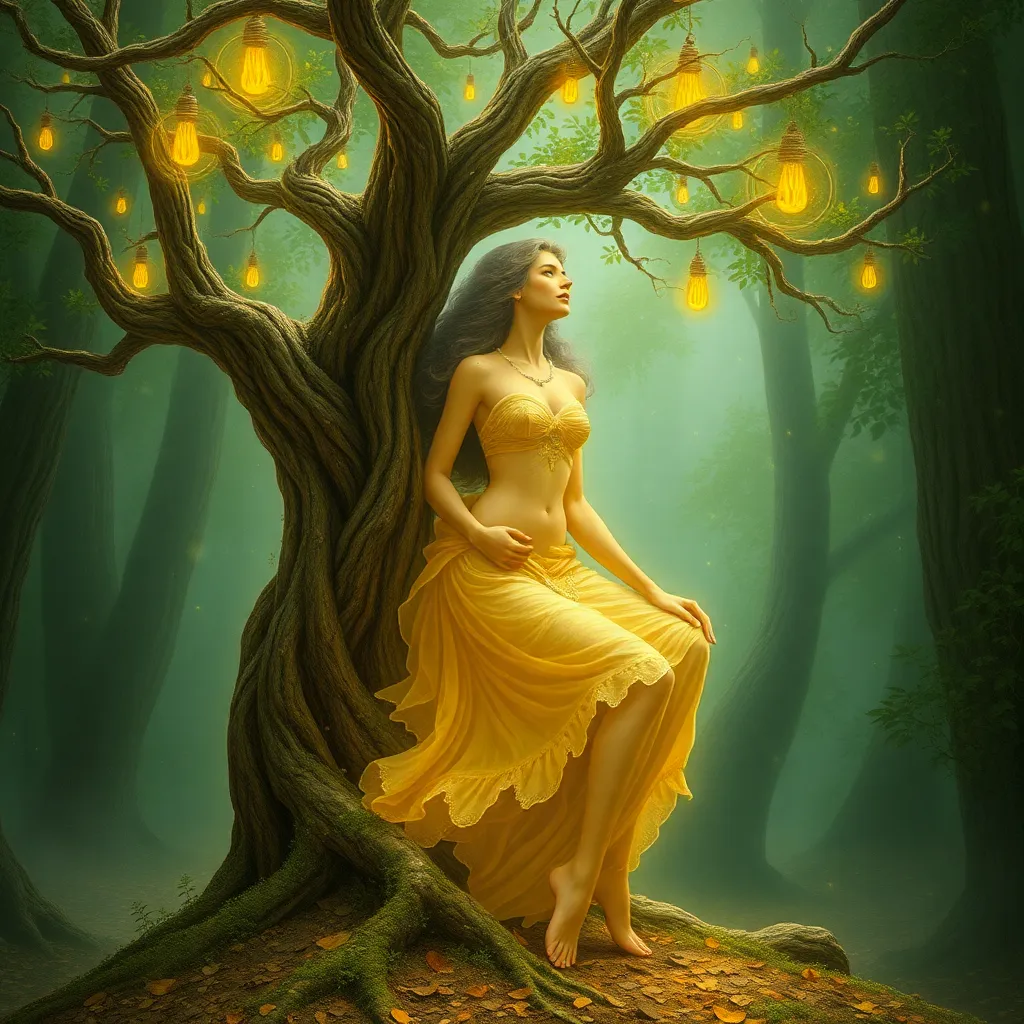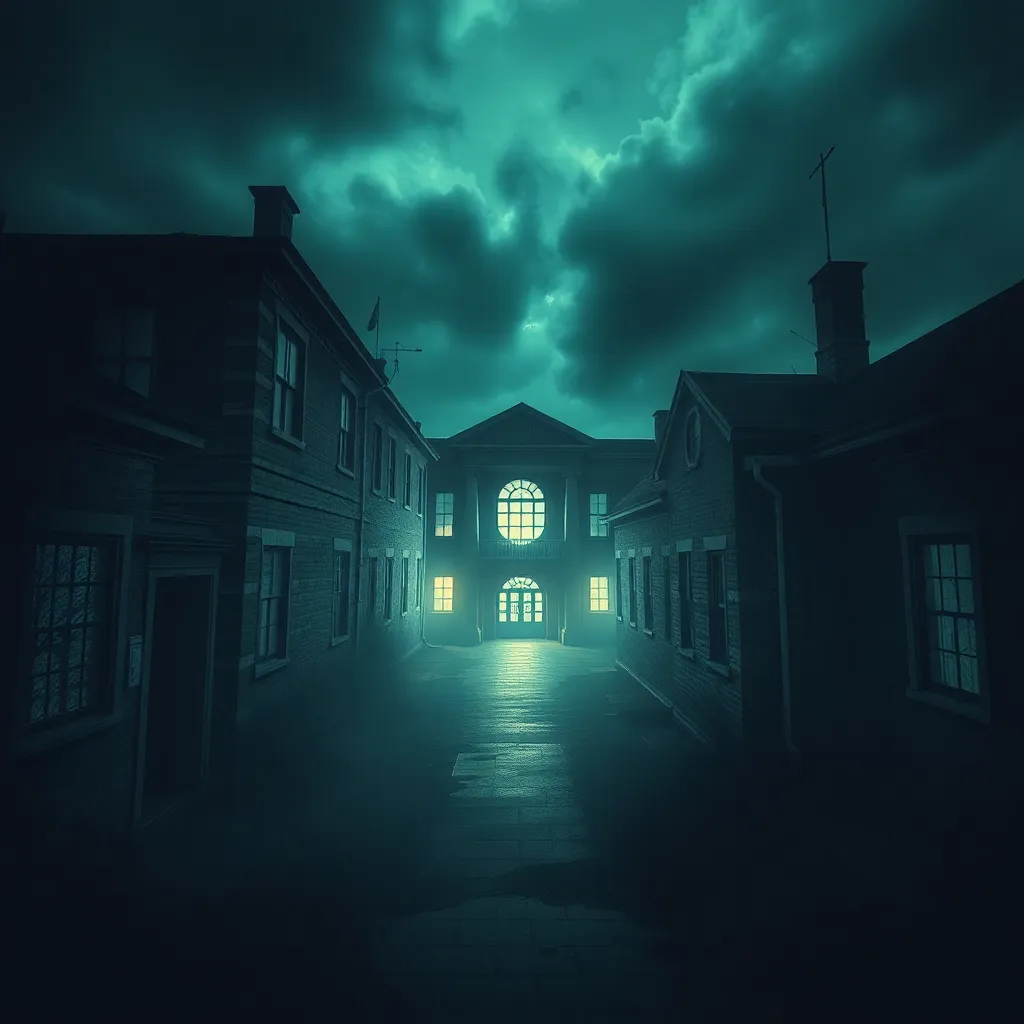From Nymphs to Tree Spirits: The Evolution of Dryad Legends
Introduction to Dryad Legends
Dryads are enchanting figures in mythology, often depicted as tree spirits or nymphs that inhabit and protect forests. These ethereal beings symbolize the deep connections between nature and humanity, serving as guardians of the trees and the ecosystems they represent. This article aims to explore the evolution of dryad legends, tracing their roots from ancient cultures to modern interpretations, and highlighting their significance in both historical and contemporary contexts.
Origins of Dryad Myths in Ancient Cultures
The concept of tree spirits has existed in various forms across many ancient cultures. In ancient Greece and Rome, dryads were characterized as beautiful female spirits associated with oak trees. The term “dryad” is derived from the Greek word “drys,” meaning oak. These spirits were believed to embody the essence of the trees they inhabited, and their fate was closely linked to the health and vitality of their respective trees.
In addition to Greek and Roman mythology, similar entities can be found in other ancient cultures:
- Norse Mythology: The Norse had their own tree spirits known as “dísir,” who were associated with the land and nature.
- Celtic Mythology: In Celtic traditions, spirits called “tree faeries” or “green ladies” protected forests and were believed to inhabit various types of trees.
This cross-cultural presence of tree spirits underscores a universal reverence for nature and its elements, highlighting a shared understanding of the importance of trees in sustaining life.
The Role of Dryads in Greek Mythology
In Greek mythology, dryads were often depicted as nymphs that were not only beautiful but also deeply intertwined with the trees they inhabited. They were known to be shy and elusive, often seen dancing in the woods or tending to their trees. Each dryad was typically linked to a specific tree, and their well-being was directly tied to the health of that tree.
One of the most famous myths involving dryads is the story of Daphne and Apollo. Daphne, a beautiful nymph, attracted the attention of the god Apollo. To escape his advances, she prayed for help, and her plea was answered by the gods, who transformed her into a laurel tree. This myth encapsulates the essence of dryads, illustrating their vulnerability and the sacred bond between these spirits and the natural world.
Transition from Nymphs to Tree Spirits in Folklore
As societies evolved, so too did the perception of dryads. The transition from nymphs to tree spirits can be traced through folklore and literature, reflecting changing social, cultural, and environmental contexts. In earlier myths, dryads were often depicted as playful and mischievous, engaging with humans in a light-hearted manner. However, as environmental concerns began to rise, the narrative shifted.
Factors influencing this evolution included:
- The increasing awareness of deforestation and its impact on ecosystems.
- Shifts in cultural attitudes towards nature, leading to a greater appreciation for conservation.
- The romanticization of nature during the Enlightenment and Romantic periods, which cast dryads as symbols of the beauty and fragility of the natural world.
Dryads in Medieval and Renaissance Literature
During the medieval period, dryads found their way into various literary works, often portrayed as guardians of the forest and symbols of purity. These representations were further enriched during the Renaissance, a time of renewed interest in classical mythology and nature. Artists and writers began depicting dryads in paintings, poetry, and plays, solidifying their place in cultural consciousness.
Notable examples include:
- Shakespeare’s “A Midsummer Night’s Dream”: The play features characters that embody the spirit of the woods, resonating with the essence of dryads.
- Renaissance Art: Artists like Botticelli painted scenes that celebrated the beauty of nature, often including figures reminiscent of dryads.
These representations contributed to a deeper understanding of dryads, evolving them from mere mythical beings to symbols of nature’s enchantment and fragility.
Modern Interpretations of Dryads in Popular Culture
In contemporary literature, film, and video games, dryads have re-emerged as compelling characters, often reflecting current environmental themes. The portrayal of dryads has shifted to encompass a broader range of characteristics, from protectors of nature to embodiments of ecological consciousness.
Some modern interpretations include:
- Fantasy Literature: Books like “The Iron Fey” series by Julie Kagawa feature dryads as integral characters who navigate the complexities of their identities in a changing world.
- Films: Movies such as “Avatar” depict tree spirits that embody the interconnectedness of all living beings, reinforcing the importance of environmental stewardship.
- Video Games: Games like “The Witcher” series include dryads as protectors of their forests, emphasizing themes of conservation and respect for nature.
These modern interpretations reflect a growing awareness of environmental issues and the role that mythology can play in promoting conservation efforts.
Symbolism and Significance of Dryads Today
Today, dryads symbolize more than just mythical beings; they represent the intrinsic connection between humanity and nature. As symbols of life, growth, and conservation, dryads evoke a sense of responsibility towards the environment. They serve as reminders of the importance of protecting natural habitats and fostering a sustainable relationship with the Earth.
In contemporary ecological movements, dryads have become emblematic figures, advocating for:
- Forest conservation and the protection of biodiversity.
- A deeper appreciation for the natural world and its resources.
- Awareness of climate change and its impact on ecosystems.
By embracing the legends of dryads, modern society can draw inspiration from these myths to foster a more sustainable future.
Conclusion: The Enduring Legacy of Dryad Myths
The evolution of dryad legends from ancient nymphs to tree spirits reflects the dynamic relationship between humanity and nature. Throughout history, these myths have adapted to cultural changes, highlighting the significance of environmental consciousness and conservation. As we continue to navigate contemporary ecological challenges, the stories of dryads remind us of the importance of preserving our natural world.
In preserving these myths in modern storytelling, we honor not only the legacy of dryads but also the vital connection we share with the Earth. Their enduring presence in our cultural consciousness serves as a call to action, urging us to protect the forests and the spirits that dwell within them.



